|
*Mashishing to Fugitives Drift Above: we're in our eyrie at Fugitives Drift's Umzinyathi farmhouse as a brooding Isandlwana beckons ... for this landscape in its full colour glory, read on ... Rich in its diversity, this stretch of the road trip encompasses our most emotive moments, welcome soothing doses in the bosom of family, our only significant hiccough and a little piece of prurient trivia. Not necessarily in that order. In fact it was in the first of those soothing family moments that our attention was drawn to the prurient piece of trivial information that became our word or mantra for the entire expedition. The word was/is Mashishing. Yes, it's the name of a significant town and possibly the pothole capital of world. Some locals still prefer to call it Lydenburg. On Monday, January 29 our foursome had started the day in Graskop and were traversing the rather spectacular and pretty decent R533 via Pilgrim's Rest and Robber's Pass with hardly a pothole in sight. Then we came to the T junction at the R36. This is a fairly major trunk road joining Tzaneen to Ermelo via Mashishing. The only road sign at the junction was pointing back along the R533 to Pilgrim's Rest and we'd already done that. There was no other road sign other than a brown informational pointer to "JOEQUES SPORTS BAR & BRAAI AREA" 22km to the right. Our initial instinct was to turn right, which we did, ditheringly. A kilometre or two down the road it just didn't feel right and a U-turn was performed, justifiably, and all thanks to Shan. The notorious potholes materialised and my dear wife steered a slalom course the 74km from there to the Walkersons Estate (near Dullstroom) via Mashishing. My cousin (our Dads, Graham and Woody were brothers), Stuart, had invited us to stay with him at Walkersons. "What's the story about Mashishing vs Lydenburg," I asked Stuart once we'd settled in with a Castle Lite[1]. I pointed out that most of the signage around the town still referred to Lydenburg. And so it came out that the renaming remained controversial despite being in place for 18 years. "There is also the fact that Mashishing, which is supposed to mean 'long green grass', means 'pubic hair[2]' in one of the Northern Sotho dialects," Stuart dropped into the conversation. And so the word became adopted as the mantra for the entire road trip. But Lydenburg (formerly Lijdenburg) means "town of suffering" and had been christened as such in 1849 by Voortrekkers escaping malaria further North. There is evidence that the area had been known as Mashishing by the existing locals for more than 100 years before that. For an impartial observer the idea of 'long green grass' might have a more optimistic ring to it than suffering that had occurred a fair way North of the place getting on for 200 years ago? The joys of Walkersons Estate Walkersons Country Estate appears like an oasis approximately 44km southwest of Mashishing on the unbelievably severely potholed road to Dullstroom. Shan was a Trojan avoiding the car-eating craters that befell us but the relief was palpable as we turned on to the smooth private road that wound its way down a steep incline to the estate gates. Peace intervened. and we were soon descending Stuart's driveway. He and his family own one of the spacious houses with sweeping views of the estate, which is a small game park in its own right. Suitably refreshed, we were soon bundled into Stuart's "bakkie[3]" and heading for one of the estate's high points where most of the game resides. There are Blesbok, Black Wildebeest, Springbok, a Sable Antelope, Zebra, Mountain Reedbuck, Vaal Rhebok, Civets, Porcupines, Servals amongst others. Zebras were the most evident on our foray and provided handy camouflage for some Black Wildebeest. It was uncanny the way the latter seemed to instinctively dodge my mini camera behind the "striped donkeys[4]" who always seemed to behave as if they were on parade. Above: (l to r) Stuart's house with the mountain in the background; Introductions and plans being made. Basically the plan was to check out some game up close, i.e. without the constraints of being in a vehicle, and to show Shan and Sián and Roger the "Oinkers' Bench". The bench was a tribute by Stuart to his sister and my cousin, Jane, who'd played a big part in our lives growing up and who had recently died while performing caring work in the UK. Above: Jane at the Splashy Fen music festival in the KZN Midlands some years ago. I believe the photo was taken by a professional photographer and friend, Boris von Schoenebeck. Above: (clockwise fro top left) Stuart gazing benignly on why Shan and Sián are seated on the Oinkers's bench; view from the bench to the mountains opposite - Wakersons Estate hidden in the valley between; a black wildebeest trying to stay out of sight behind the omnipresent zebra; I never realised there had been two until I looked at the output from my camera; the striped donkey has no such qualms and looks at me with a complacent stare; Roger potentially offending the zebras in the background by the kissing of one of their stripey kind. Above: (l to r) local flora treasure half-hidden by grass at more than 2,000 m above sea level. Answers on a postcard a.k.a. the comments section of this blog. Above: (clockwise from top left) Roger pretending he might be able to lift (and consume) this Methuselah (??? - answers on another postcard to the comments section ...); Colourful salad coming up while Stuart concentrates on the serious side of things; cooking by fire and potjie; fire fairies. All too soon we had to forge on with our journey ... Fugitives Drift Fugitives Drift had been a special request from Roj. Not that anyone was complaining, particularly as we'd also had recommendations from Sue and Patrick Deale who were our main port of call on the Kwa-Zulu Natal (KZN) leg of the journey. Now the Deales were going to have to wait while we recharged our emotional batteries with recounts of the Zulu Wars almost exactly 145 years before. It was a long day in the car. We spent around 7 hours driving, having started from Walkersons at around 8am. In the words of my dear wife: "[we] had breakfast at the hotel - delish eggs Benedict. Drove to fugitives drift via Volksrust where we had a stodgy lunch of a sandwich with unknown filling and sausage rolls. Arrived at Fugitive’s drift gate and were told where to go for our house but got lost and went round in a loop through the bush before backtracking to a gate to our house. Amazing, huge house, Umzinyathi, with such gorgeous views including Isandhlwana." I can only concur about the bleakness of Volksrust and the oasis that Umzinyathi was to become. We were only there for just two nights and it was tempting to stretch out and relax for our sole full day before moving on again. Above: (l to r) the perfect veranda at Umzinyathi; the vista from the verandah to Isandlwana. Had we done that we would have missed out on one of the foremost highlights of our month-long trip and certainly the most emotional. But it was tempting. The house boasted the almost perfect balance between original furnishings and appropriate compromises i.e. the comfort of the beds and the bathing facilities, especially the double shower in Sián and Roger's en suite, were a small price to pay. We managed to extract ourselves, however, for probably the most delicious meal on tour. Full table d'hôte at a long communal table for guests and staff and featuring, at its pinnacle, the perfect filet steak. Above: (l to r) Sián admires another vista, this time from the central compound; the fire pit all set for aperitifs; the long table for the communal dinner. And so it was that, immediately after breakfast on our only full day at Fugitives Drift, we were introduced to Mphiwe Ntanzi, who was to be our lecturer and guide for the morning's tour of Isandlwana and its surrounds. We drove out into the hills overlooking the battlefield, crossing the Buffalo River in the process. The river was reasonably full, we were told, due to recent rains. At some times of the year it could be almost dry. From stories about that day it would be reasonable to deduce that it must have been similarly full towards the end of January, 1879, making it quite a treacherous approach to Rorke's Drift after the morning's massacre at Isandlwana. The basic facts of these two battles are that the section of the British army that had been encamped at Isandlwana was outwitted and routed by the Zulu Army on the morning of the 22nd of January after which the tables were turned at the end of the day at Rorke's Drift, some 12km away as the crow flies. It would be crass for me to say any more about the details of these encounters because they have been covered in huge academic detail in many historical tomes over the intervening years. The only thing left for the ordinary individual is to experience a scintilla of what went on that day, in situ, and in the company of learned lecturers to hear the stories beautifully told. In our case those experts were Mphiwe, who took us to Isandlwana in the morning and Doug Rattray who took us to Rorke's Drift the same afternoon. Both men are steeped in the details of their specialist subjects and more than capable of creating that aura that transports their audiences for the few hours that the visits entail. One would have had to be hard of heart not to experience profound emotion in both locations. Isandlwana Above: (Clockwise from top left) Mphiwe and 3/4 of our party at the start of the tour proper; demonstrating how long the grass was in the valley below and would have been in the approach to the British encampment on that fatal day; our first stop was near the top of the mountain opposite Isandlwana and behind which the Zulus had assembled before setting off for their assault; these days there is a fairly substantial settlement in what would have been an open plain in the approach to the fateful outcrop; to this day much of this settlement would have been hidden from the British in the valley at its foot - the valley through which the Zulus launched their attack; there are quite a few monuments at the site - this is the Zulu one which had been recently vandalised. Mphiwe's style was the less oratorial of the two but contained anecdotes about his ancestors who'd taken part in the battle. He had also discovered, during his research, bones that had found their way to the surface from the mass shallow graves. He had carefully covered these over but knew where to find them again, which he did for us before returning them to just below the surface. He understood how the minutiae participated in building the story Our indaba[5] took place under a small thorn tree and was part story-telling and part discussion. There wasn't a dry eye at the conclusion. We concluded with a visit to the Zulu monument and the heart-wrenching recent damage. The jury was out as to whether the vandalism had been politically motivated or the result of metal theft. Approximately 1,000-3,000 Zulus were killed at Isandlwana as were 1,300 British (including members of the African Native Contingent). Rorke's Drift While setting out for Rorke's Drift with Mr Rattray, the subject of my Alma Mater came up. It's not particularly unusual as a conversation opener between people who grew up in KZN. Doug was singularly unimpressed ... "How do you know that someone went to Hilton College," he quizzed me. "I don't know?" I responded, expecting the worst. "They tell you." Ouch! Above: (clockwise from top) these days this pretty benign looking scene looks an unlikely candidate for a battle in which 3,000-4,000 people were killed in a day, pretty much in close, if not hand-to-hand, conflict; Doug Rattray[6]; Zulus had crossed the Buffalo River and initially approached open ground depicted here; War monument commemorating the Zulu fallen with a 22/1/2024 wreath from the British government. Doug's job was perhaps more of a challenge, given the somewhat less prepossessing site, which meant he dug deep for the oratory to illustrate the immense turmoil that took place that day. He started out by emphatically requesting that no-one interrupt his delivery of the story. He was completely correct, his flow built a picture of the horror that could easily have been deflated had he been inundated with questions. In Shan's words: "Another amazing telling of the story in situ that reduced Sián and me to floods. So vivid. Back at the Lodge all we wanted was a drink on the deck to decompress. The Lodge had filled up quite a bit which was disconcerting as we’d cried so much and were still wearing our dusty clothes." In the mean time I had sat next to Doug on the way back to camp feeling a little intimidated by his earlier put down w.r.t. my alma mater. I soon discovered while seated next to him that he was a man I really would have liked to get to know better. A real human being. Doug's and Mphiwe's story had been told very differently but each had been vivid in its own way and together were more than the sum of their parts as the violence of that day sank in. More than 350 Zulus were killed at Rorke's Drift and only 17 British lost their lives. Above: as an excuse for some somewhat below par animal pictures at Kruger we promised some kudu and giraffe illustrations from Fugitives' Drift ... Sadly neither Doug nor Mphiwe was able to join our last supper at Fugitives and we were setting off for the Deale home at Hilton (the village, not the school) the next morning. And probably to show off the old school to our British friends. Last minute changes to our itinerary We were supposed to reach the Cape via the Transkei, spending two nights in Rhodes, This would have taken us around the Southeastern corner of Lesotho. We'd already paid for the accommodation at our second choice having been bumped from our original B&B a few months earlier. But, as they say in South Africa, " 'n man maak 'n plan[7]". The only real option was skirting the Northwestern corner of Lesotho, which we'd wanted to avoid as the only viable route from there to our next destination would be the long, straight and boring mainly N1[8] through the Free State. About 6 hours of dreariness between Bethlehem and Middelburg in the Eastern Cape! Perhaps we'd play it by ear ... [Endnotes]:
8 Comments
Mike Durham
22/3/2024 06:52:12 pm
Brilliant!!
Reply
Gillian Cargill
23/3/2024 07:13:57 am
Marvelous account - scuttled off to pull out the old Zulu DVD.
Reply
Robbie Burns
25/3/2024 02:00:30 pm
Great account Marko. Just the talk of those battles is enough to set me off!
Reply
Linda van Olst
27/3/2024 01:35:30 am
Re note 4 - I remember being told in the way-back-time that the fanagolo word for zebra is basically “donkey with a football jersey”. Fanagolo and chilapalapa were frowned on in our house so I can’t recall the exact word or phrase. But the image it evoked remains.
Reply
Hi Linda
Reply
Leave a Reply. |
AuthorMark Harrison - making travelling an adventure Archives
April 2024
Categories |
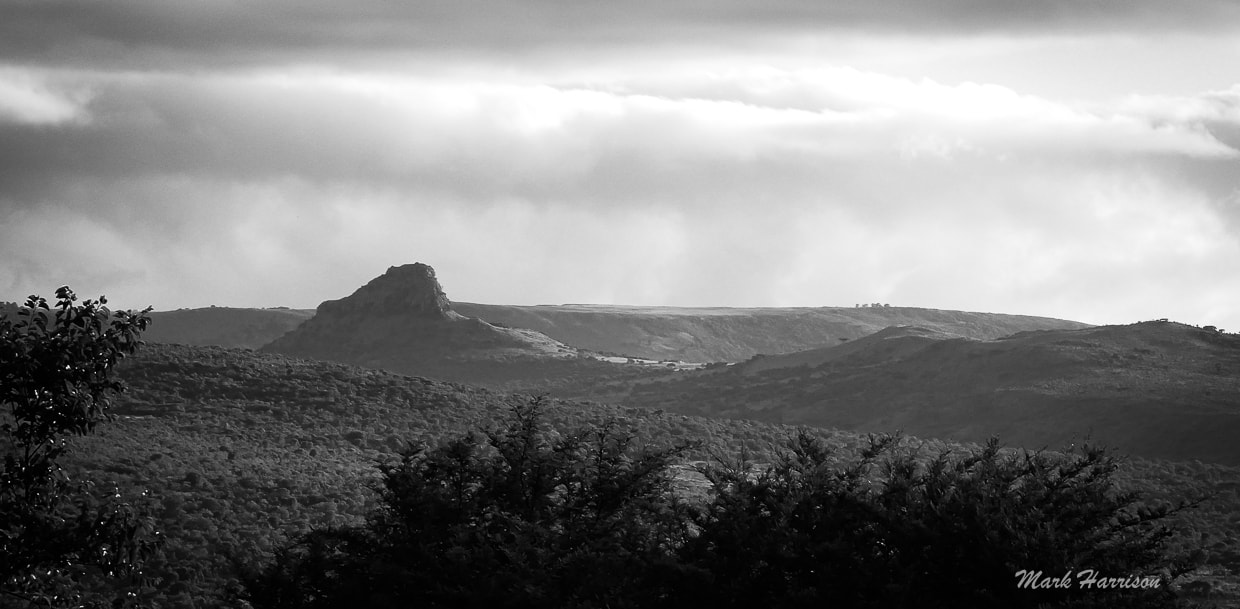

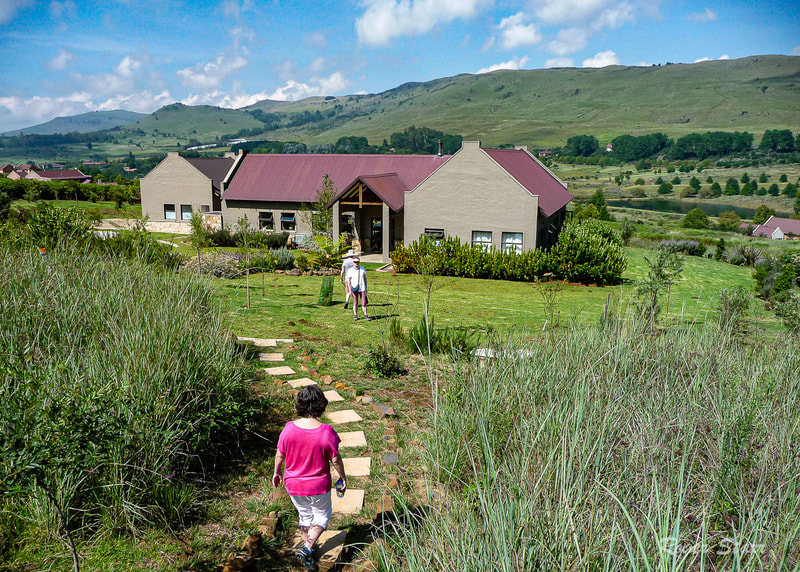




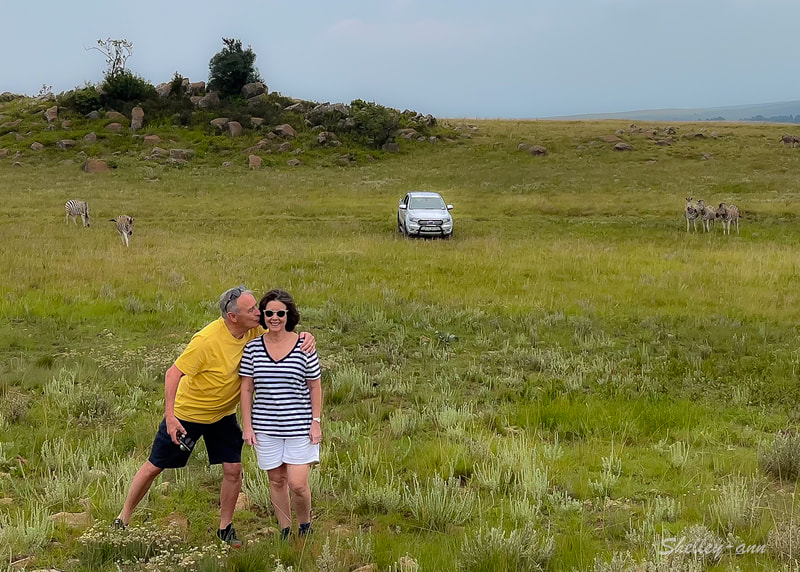

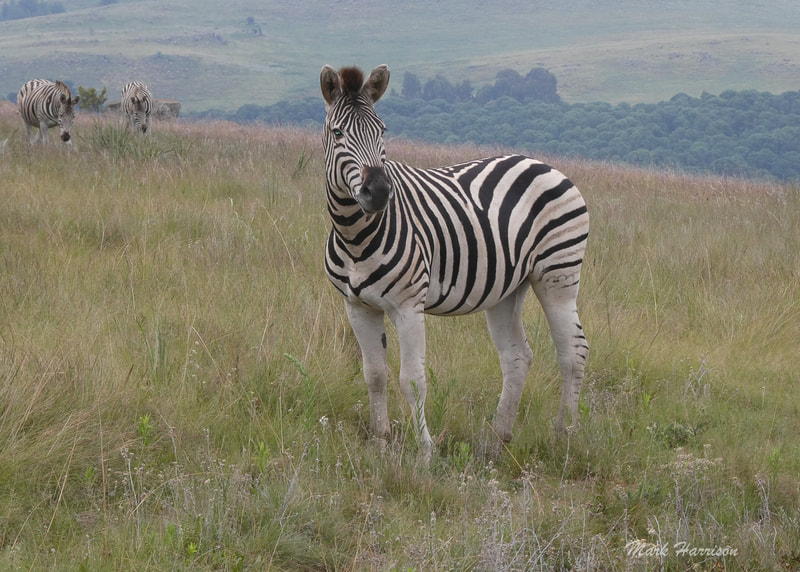



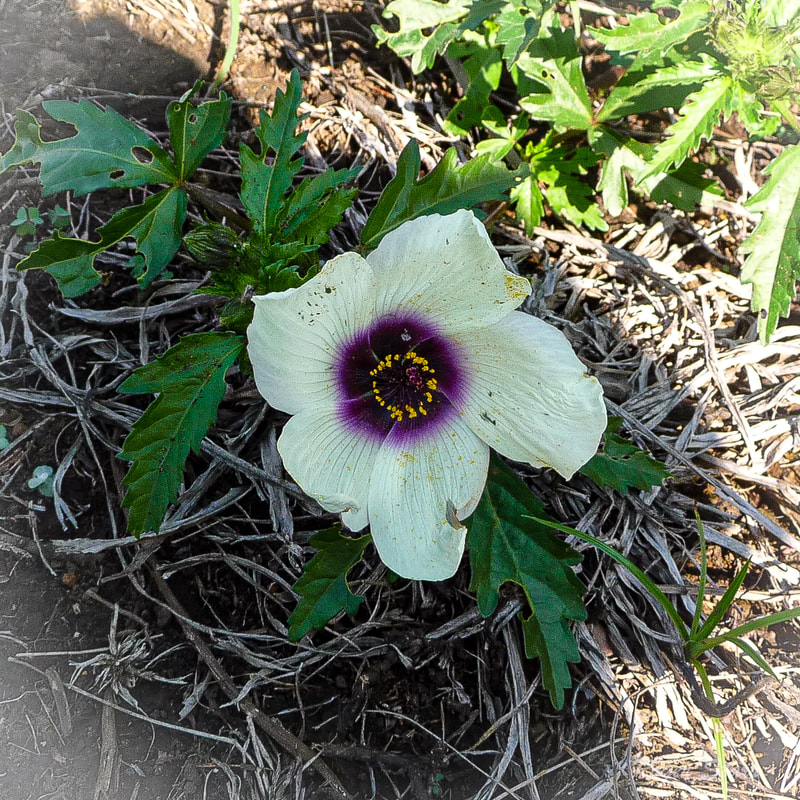



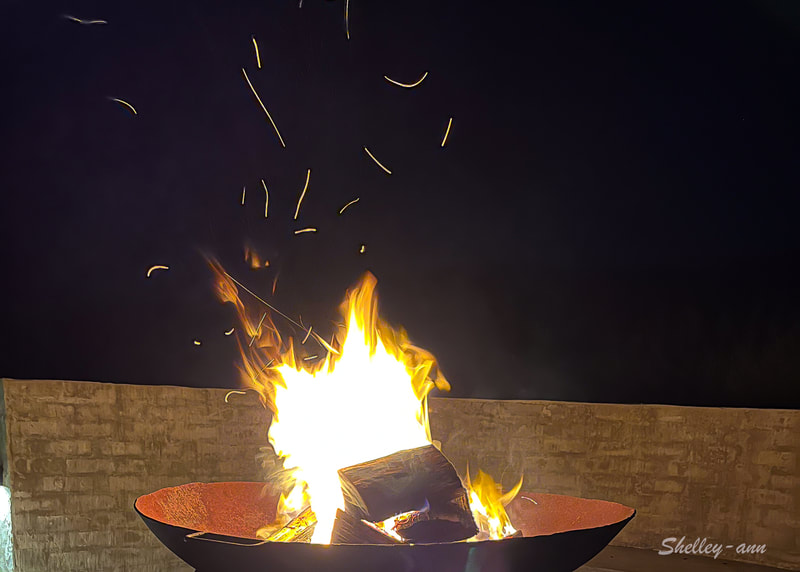









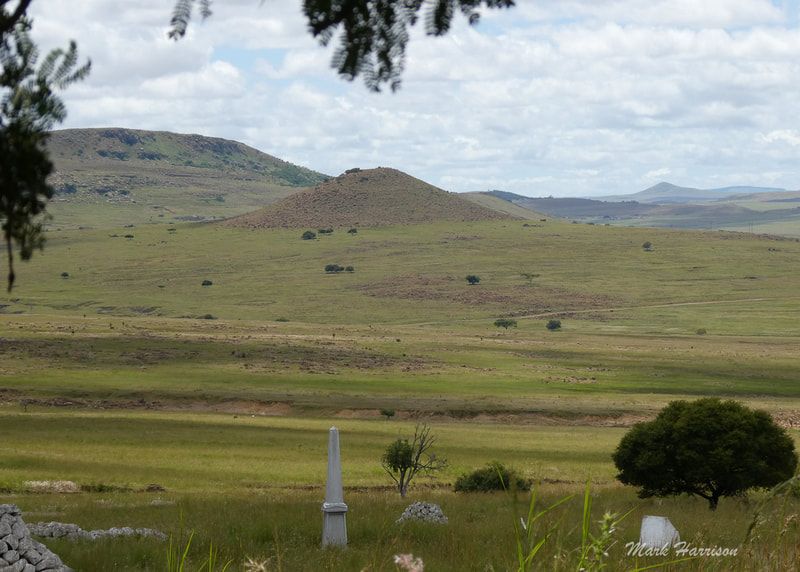


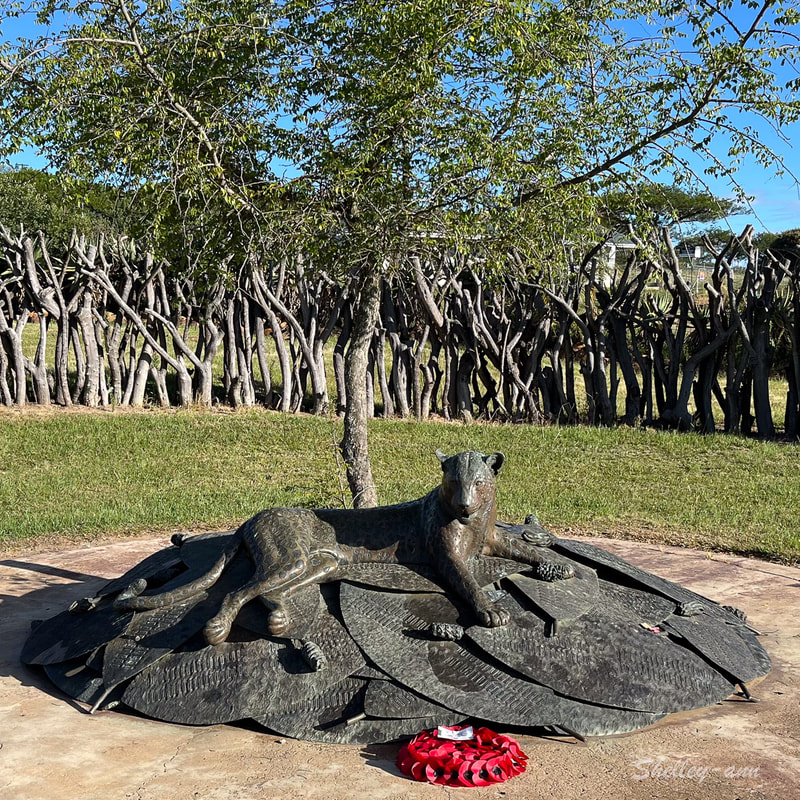




 RSS Feed
RSS Feed